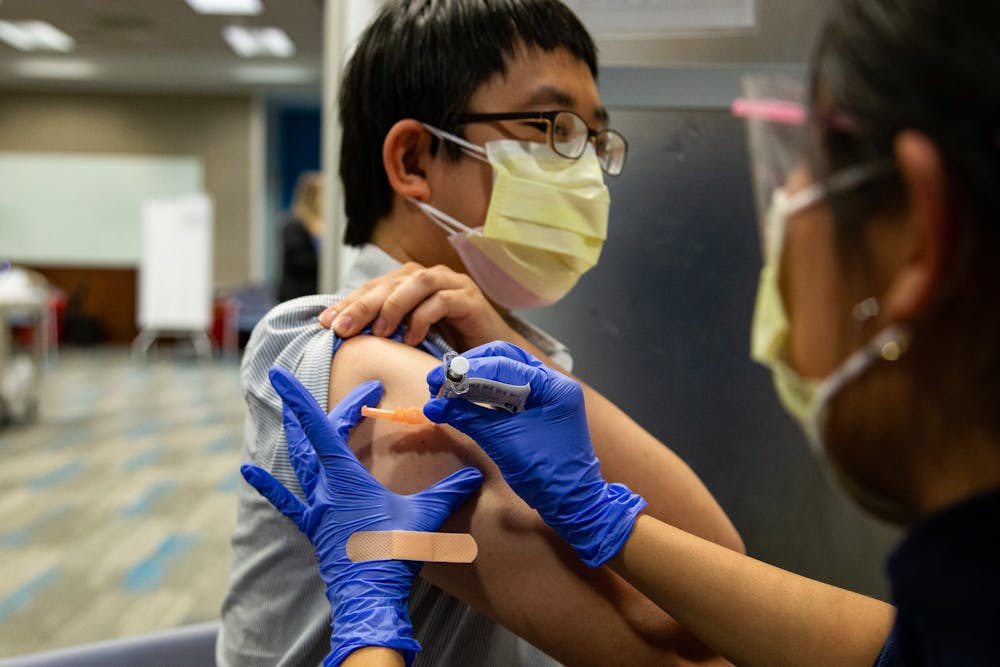Last week, the U.S. Food and Drug Administration and the Centers for Disease Control and Prevention recommended a "pause" in distribution of the Johnson & Johnson COVID-19 vaccine distribution after severe blood clots were reported in six people who received the vaccine.
The pause is meant to allow public health experts to further investigate the causes of the clotting out of an "abundance of caution."
However, taking a pause at all only exacerbates an issue that public health officials have grappled with for years — building trust in vaccines.
Many people who were already skeptical about the vaccine (which was developed in record-breaking time and pushed through accelerated clinical trials) view the pause as further justification for their skepticism. While blood clots were not an initial concern with the vaccine, when someone mentions Johnson & Johnson now, that may be one of the first things that comes to mind.
While the clotting issue needed to be communicated, there were ways to do so without suspending distribution. This could have meant advising alternative vaccinations for women or individuals who are prone to blood clots, or including disclaimers and statistical information about the benefits and risks of receiving the vaccine.
However, by halting distribution due to just six cases — all of which occurred in women between the ages of 18 and 48 — out of 6.8 million individuals who received the Johnson & Johnson vaccine, public health officials only amplified extremely rare cases into the public sphere.
Although the news cycle has made it seem much more threatening, the odds of getting into a car accident or even dying from COVID-19 are significantly higher than the odds of experiencing a blood clot from the vaccine. This is especially dangerous considering the urgency of vaccine distribution globally, particularly under the harsh spotlight of national media.
And, while the responsibility of science communication relies heavily on scientists, public health experts and elected officials, it also falls partially on journalists who communicate this information to the public.
How journalists choose to frame these issues contributes greatly to public skepticism — or willingness — about being vaccinated. One 2019 study found that “spin” in health news articles affected readers’ interpretations of the issue being discussed. Specifically, people who read news articles discussing a treatment with a positive spin were more likely to believe that treatment would be beneficial for them.



